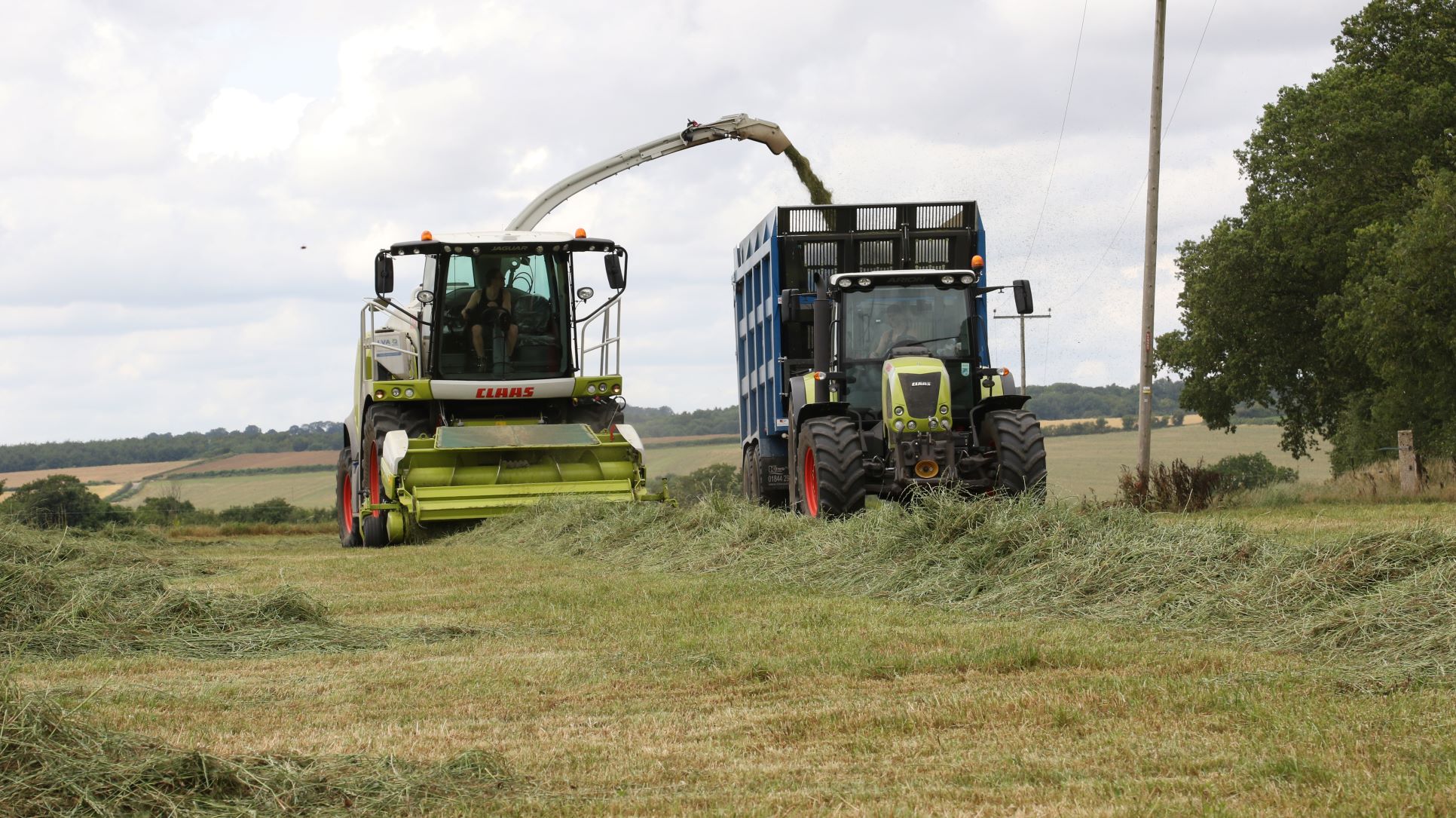- Home
- Knowledge library
- Co-operatives and machinery shares
Co-operatives and machinery shares
Understanding co-operatives and machinery sharing agreements, the benefits for all parties involved, and what to consider with this business model.
Back to Selecting a legal framework
What is a co-operative or machinery share agreement?
A co-operative is simply a venture in which farmers pool resources achieving scale and efficiency, whether to:
- supply services to members, such as buying, marketing, advice, machinery, haulage or credit
- farm jointly with the aim of maximising benefits for members rather than specifically for the business
An intermediate option sees some farming operations provided to its members by the cooperative.
Key points
Machinery rings are often a co-operative of one form or other, making better machinery available than could be afforded individually or which would only be used irregularly by any one farmer.
Co-operative storage and marketing of grain or other produce can be a cost-effective way of managing compliance and marketing.
A joint venture share farming agreement might also be structured as a co-operative, in which:
- Farmers pool resources for the chosen purpose(s), using an association, company, partnership, industrial and provident society (that requiring the cooperative to be the agent of its members) or other structure
- That can bring a scale larger than any individual member for efficiency in operations or effectiveness in markets
- There can be any number of participating members
- The cooperative then acts on behalf of its members and provides services to them (mutual) rather than the market as a whole
- The members are responsible for the governance; but the cooperative can, if members wish, retain specific staff (such an agronomist for crops, an engineer for machinery, an auctioneer for a market or a grain seller) so bringing expertise into the business
- It will need a written constitution with rules for joining, funding, decision making and leaving
- Funding may be by loans form or charges to members as well as by grants or bank borrowing
- If operating on a mutual model, surpluses not needed to fund operations may be distributed to members, usually in proportion to their activity with the cooperative
Tax
- The tax treatment will follow the structure chosen
- Where accepted as mutual trading, transactions with and services to members will not give rise to Corporation Tax but losses will not be a trade loss; that structure excludes capital allowances
- Other activities (such as with non-members or where it buys produce from members) would be subject to Corporation Tax
- Recurrent charges to members can be tax-deductible for them; the initial charge and loans are not
- Buildings used by the cooperative in conjunction with its members’ agricultural use of land can benefit from the agricultural exemption from business rates
Benefits of this model
- To achieve a capability that the farmer could not readily have as an individual
- The cooperative’s scale could provide specialist resources − from machinery or silage making to buying inputs or selling grain or milk
- It could provide access to retained specialist advice, such as from an agronomist or vet or for compliance
- It could handle downstream processing for members, such as for milk on behalf of a number of dairy farmer members or cold storage and packing for fruit growers

Sectors:

